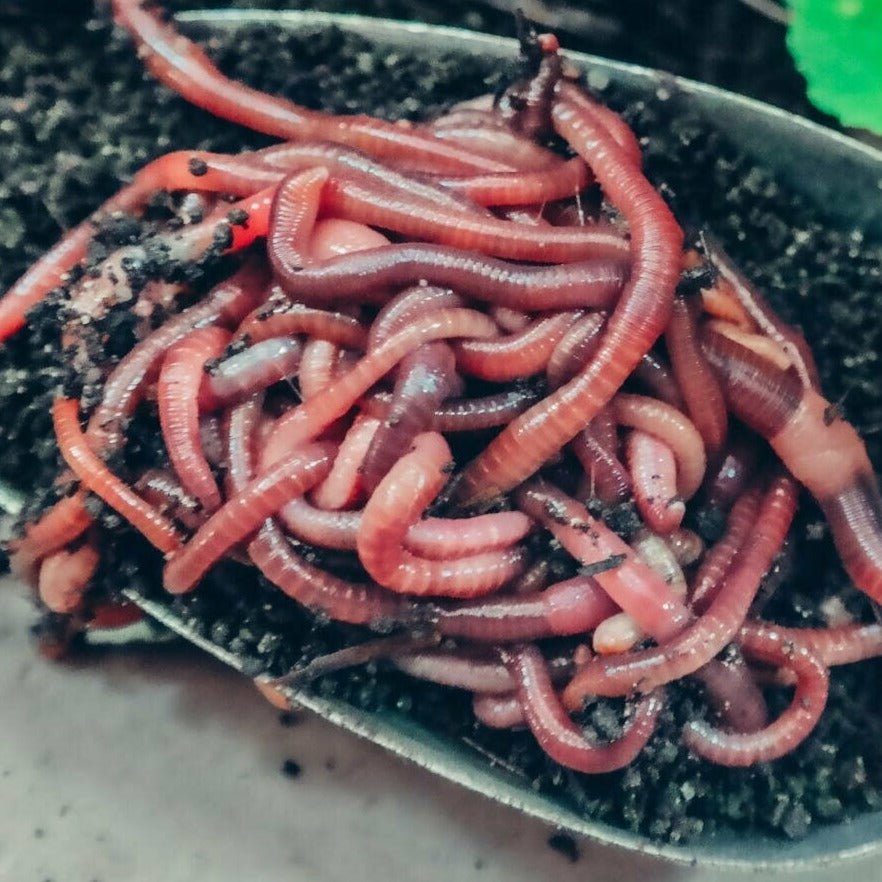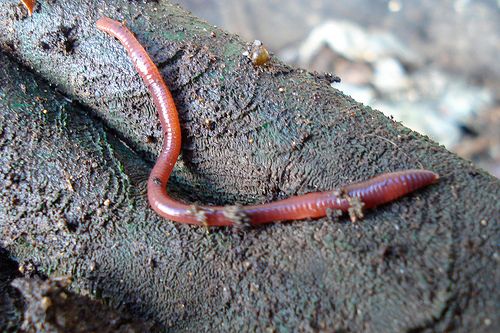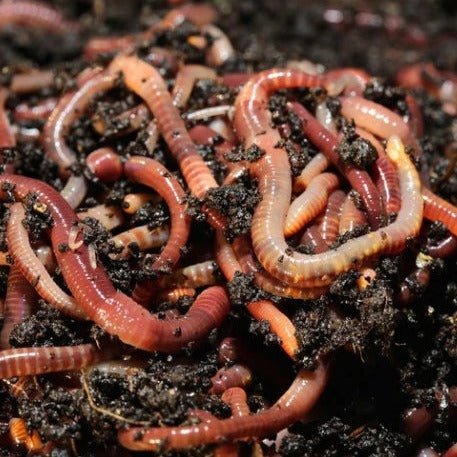Get the Top-Quality Worms for Your Fishing with Red Wiggler Express
Get the Top-Quality Worms for Your Fishing with Red Wiggler Express
Blog Article
Red Wigglers: The Unsung Heroes of Organic Waste Recycling
Red wigglers, or Eisenia fetida, offer as important agents in the natural waste reusing procedure, changing thrown out materials into important vermicompost. As the globe progressively looks for options to deal with waste accumulation and boost agricultural productivity, understanding the function of these worms ends up being essential.
What Are Red Wigglers?
The amazing resilience of red wigglers, medically recognized as Eisenia fetida, underscores their critical role in natural waste recycling. These small, reddish-brown earthworms are commonly found in breaking down organic issue, such as compost heap and manure heaps. Lake Hickory Bait. Unlike various other earthworm varieties, red wigglers flourish in nutrient-rich environments and are highly effective at breaking down organic products, making them important for vermicomposting

(Red Wiggler Express)Along with their role in waste reduction, red wigglers add to soil health and wellness by improving dirt structure and oygenation through their tunneling activities (Lake Hickory Bait). Their presence in composting systems not just boosts disintegration rates however likewise promotes a sustainable technique to throw away management, showing their significance in ecological preservation efforts
Advantages of Composting With Worms
Composting with worms, especially red wigglers, uses various benefits that boost both waste monitoring and dirt health and wellness. Initially, these worms efficiently damage down organic waste, transforming it into nutrient-rich vermicompost that enhances soil. This process speeds up decay, enabling a much faster recycling of kitchen scraps and various other organic materials compared to traditional composting methods.
Furthermore, the vermicompost produced by red wigglers is brimming with advantageous microorganisms, which aid enhance soil structure, oygenation, and wetness retention. This boosts the overall health and wellness of plants, advertising vigorous development and raised yields in gardens and farming settings. The usage of worms in composting decreases the manufacturing of greenhouse gases, such as methane, adding to a much more lasting waste administration system.

How to Start Vermicomposting
Developing a vermicomposting system is a straightforward process that can produce considerable advantages for both waste monitoring and soil enrichment. To begin, choose an ideal container, such as a plastic bin or wooden box, with adequate ventilation holes to make sure correct air flow. The measurements ought to preferably be around 2 feet by 3 feet, allowing ample area for the worms to thrive.
Next, prepare bed linen product, which can contain shredded paper, cardboard, or coconut coir. This bed linens should be dampened to create an ideal environment for the worms. As soon as the bedding remains in place, present red wigglers (Eisenia fetida) right into the container, normally around one extra pound of worms for every square foot of surface location.
Complying with the placement of worms, include organic waste, such as fruit and veggie scraps, coffee grounds, and smashed eggshells. With these steps, you will successfully launch a vermicomposting system that contributes to lasting waste monitoring and improves your dirt.
Keeping a Healthy Worm Container
(Lake Hickory Bait)Maintaining a worm bin flourishing requires normal attention and like guarantee the wellness of the red wigglers and the efficiency of the composting procedure. Correct upkeep begins with monitoring the dampness levels; the bin needs to be moist yet not soaked. An excellent policy of thumb is to maintain an uniformity comparable to a wrung-out sponge.
Aeration is important as well. Delicately mixing the bed linens and food scraps every couple of weeks avoids compaction and guarantees that all worms have accessibility to oxygen. Furthermore, it is very important to feed the worms properly. A well balanced diet plan of vegetables and fruit scraps, coffee grounds, and smashed eggshells should be provided in small amounts to avoid overfeeding, which can bring about odors and insects.
Temperature level guideline is another crucial element. Red wigglers thrive in a range of 55 to 77 levels Fahrenheit. If the bin ends up being too warm or cool, the worms may come to be worried - Lake Hickory Bait. Regularly check for indications of health and wellness, such as worm populace development and the visibility of healthy spreadings. By faithfully managing these variables, one can keep a robust and effective worm bin.
Effect On Sustainable Living
The effective maintenance of a worm container not just profits the health and wellness of red wigglers but likewise contributes dramatically to lasting living techniques. By reusing natural waste, such as kitchen scraps and lawn debris, red wigglers aid divert substantial amounts of material from land fills. This decrease in waste not only lowers greenhouse gas emissions but also reduces the ecological problem connected with waste monitoring.
Furthermore, the castings created by red wigglers work as a nutrient-rich natural plant food, improving dirt health and promoting plant growth. This natural option to chemical plant foods sustains sustainable farming and horticulture techniques, minimizing reliance on artificial inputs that can damage ecological communities. Furthermore, worm composting promotes recognition of waste administration, encouraging individuals and neighborhoods to adopt even more sustainable practices.

Final Thought
In recap, red wigglers act as crucial contributors to organic waste recycling via their efficient disintegration of natural materials. Their capacity to produce nutrient-rich vermicompost boosts dirt health and wellness and sustains lasting farming methods. By integrating vermicomposting into waste administration approaches, individuals and areas can significantly lower waste while promoting ecological sustainability. The duty of Eisenia fetida in fostering healthy and balanced communities underscores the value of these microorganisms in attaining lasting living and enhancing dirt fertility.
Report this page